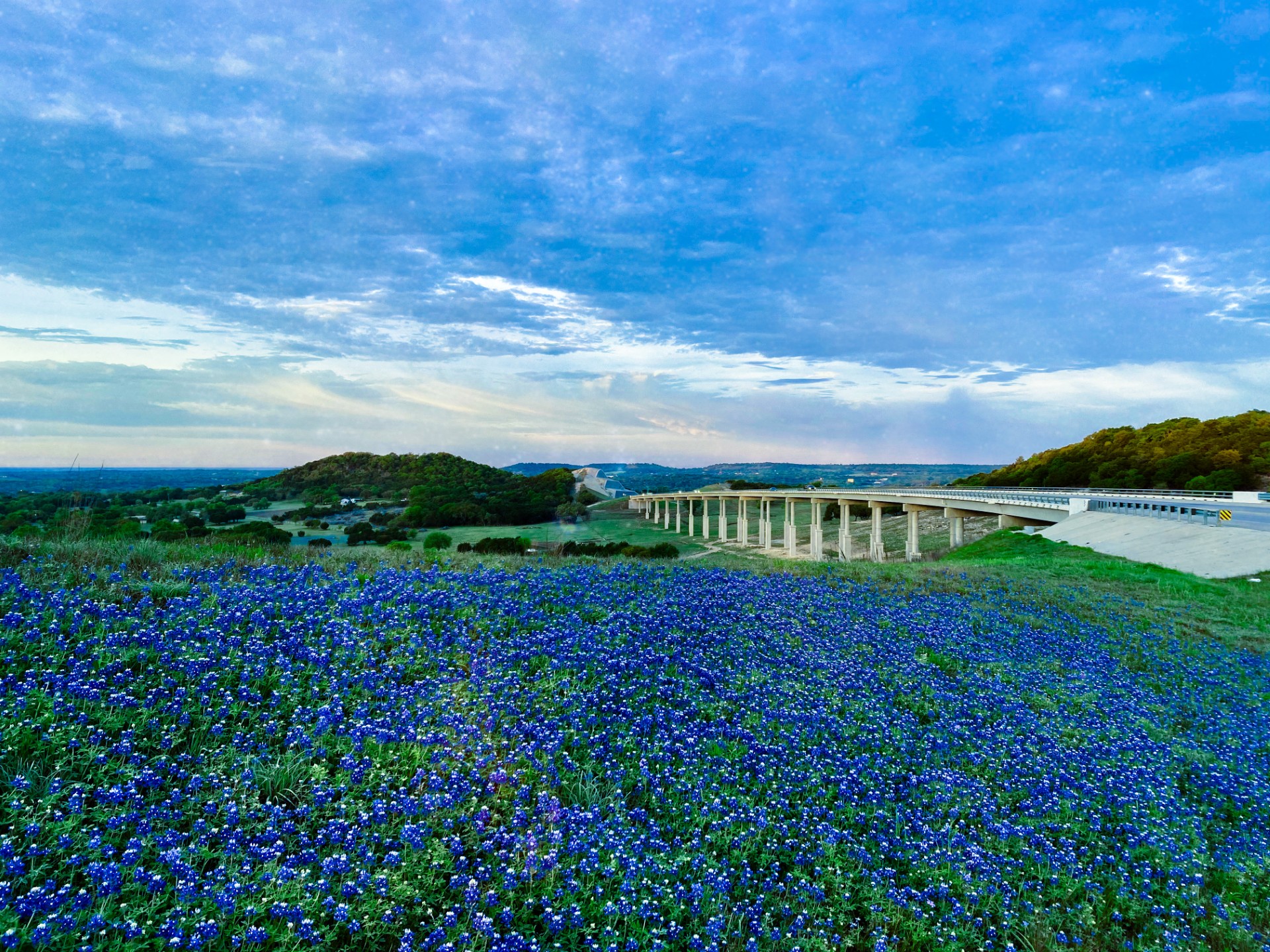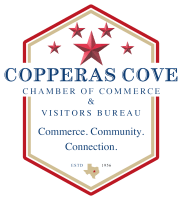History & Demographics
History:
The City of Copperas Cove is situated in southern Coryell County and western Lampasas county, adjacent to Fort Cavazos, at the crossroads of U.S. Highway 190 and Farm Road 116, about twenty-four miles southwest of Gatesville.
According to the Handbook of Texas Online:
Copperas Cove began as a rural community in the 1870s, centered around a small store located about two miles southwest of its current location. In the late 1870s, local residents applied for a post office under the name "Cove," but since a Texas post office with that name already existed, they opted for the name "Copperas Cove," inspired by the mineral taste of the water from a nearby spring. The Copperas Cove post office was officially established in March 1879, with Marsden Ogletree serving as the first postmaster.
A feeder route of the Chisholm Trail passed through Copperas Cove, making cattle ranching a key component of the local economy. In 1882, when the Gulf, Colorado, and Santa Fe Railway built tracks across the southern corner of Coryell County, Copperas Cove's residents relocated their community two miles northeast to take advantage of the rail service. By 1884, the town had grown to include a steam gristmill-cotton gin, five general stores, a hotel, and about 150 residents. By the mid-1890s, the population had risen to 300, and the community had established its own school district. Although cattle ranching remained important, local farmers began focusing more on cotton, small grains, and feed crops, making farming the dominant occupation by 1900.
In 1901, the spelling of the community’s name was officially changed to "Copperas Cove." At that time, the town boasted an opera house, three hotels, and a variety of businesses. A local private bank opened in 1906. By 1913, when the town elected its first mayor, the population had grown to 600. The town continued to grow throughout the 1920s, reaching a peak population of 650 in 1929. However, the Great Depression in the early 1930s caused a decline, leading to the closure of the local bank and several businesses, and the population dropped to 356 by the 1940s.
Copperas Cove received a much-needed boost in the early 1940s when the United States government selected southeastern Coryell and northwestern Bell counties as the site for Camp Hood, a new military training center. By the time Fort Hood (now Fort Cavazos) opened in 1950, the community had grown to 1,052 residents, and the city limits expanded southwest into Lampasas County. The population continued to rise, reaching 4,567 in 1960, 10,818 in 1970, and 19,469 in 1980. Many of the new residents were either attracted by the job opportunities associated with Fort Hood or chose to stay in the area after retiring from the military. By 1990, Copperas Cove had developed a diverse economy with a wide range of businesses, and a population of 24,079.
As of 2024, Copperas Cove’s population has surpassed 40,000 and is expected to reach 60,000 within the next 10 years. This growth reflects the city’s ongoing expansion and the increasing appeal of Copperas Cove as a thriving community with deep historical roots and a promising future.
